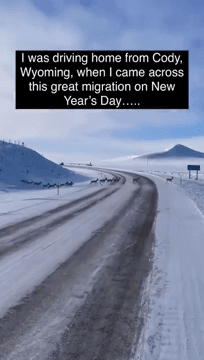
Simien Mountains Hunting: Key Insights into Breathtaking Geography, Prime Hunting Seasons, and Essential Legislation – Explore Ethiopia’s Majestic Highlands The Simien Mountains of northern Ethiopia offer an unparalleled hunting experience for those seeking adventure amidst breathtaking landscapes and diverse wildlife. Known as the "Roof of Africa," this UNESCO World Heritage Site boasts dramatic cliffs, deep valleys, and rugged terrain that provide a challenging yet rewarding environment for hunters. This article explores the region's geography, hunting characteristics, demographics, types of game, seasons, regulations, traditions, and fascinating facts about Simien Mountains hunting. Geographic and Natural Features from a Hunter’s Perspective The Simien Mountains National Park spans approximately 220 square kilometers and is characterized by its jagged peaks, including Ras Dashen, the highest point in Ethiopia at 4,550 meters (14,928 feet). The region's unique topography creates di
Post: 8 July 06:06
















































